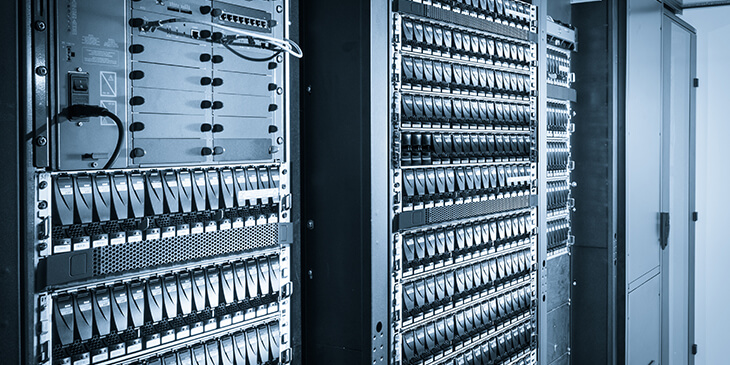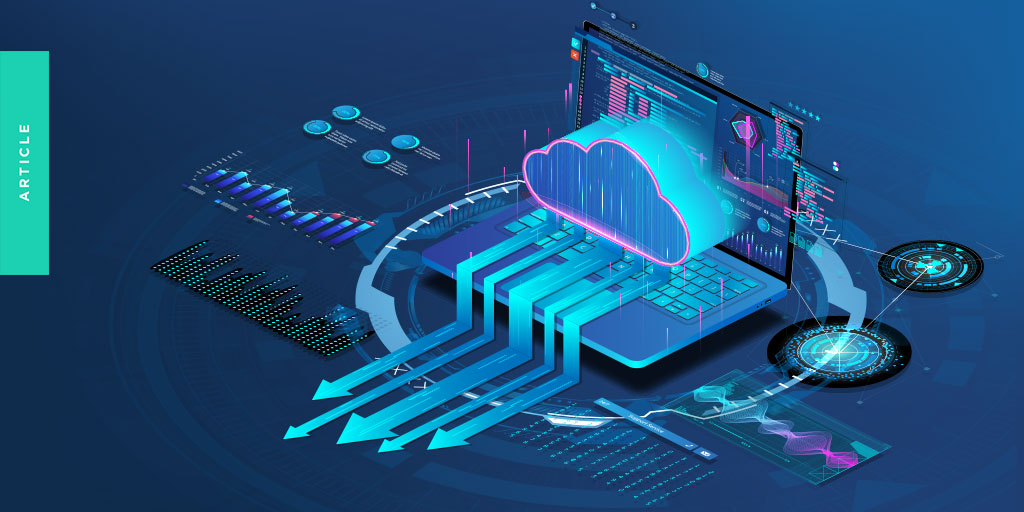The best servers for your hybrid architecture
Cloud systems are being widely introduced at all levels of government, and for good reason. Cloud service providers offer fast, flexible and affordable services that scale easily and offer a variety of payment options.
But that doesn’t mean that you don’t need servers on premises. Rather, it means that the servers you add to your architecture need to be carefully configured to optimize their performance for the critical purposes they serve.
There are three key features that determine the capabilities of any server, regardless of its intended purpose. They are:
- Number of processor cores
- DRAM capacity
- Storage space
Cores: Not so long ago, if you wanted to get a high-performance server, you would look for a multi-processor design. That can still be the case, but by and large what now matters more is the number of processing cores in each chip.
In many circumstances, a single 8-core processor will deliver superior performance than twin dual-core chips. And if you deploy multiple 8-core chips, you’ll be looking at some serious performance.
Another great benefit of multi-core architectures is that they deliver higher performance with lower electricity consumption.
Count the cores, and you’ll understand basic performance characteristics.
DRAM: If you know that a server will be used for one specific application and nothing more, then you be guided by the software vendor’s memory recommendations.
If you’re going to be using the server for multiple virtual systems and the applications, then the best overall strategy for memory is “go large”. You rarely hear a manager lamenting about having put too much RAM into a server, and it’s more cost effective to procure the right systems from the start than to get caught in an endless upgrade cycle.
The other advantage is that over-provisioning will give your hardware more ‘head room’ to expand and run new apps as they’re developed.
Storage: Server memory is a specialist topic all its own, but regardless of your required configuration, it’s worth specifying a fast solid-state drive (SSD) for the boot volume, with enough capacity to hold the basic system images and essential application code.
Data storage can be done on separate drives of whatever type you prefer, but if you keep the system code on fast storage, you’ll boost the performance of every application instance and virtual machine.
Paying attention to these three components will help you build a server that can be a successful part of any hybrid architecture. You might even find that the right on-premises server will improve the performance of your cloud operations. And that’d be a win for you, your stakeholders and your customers.











